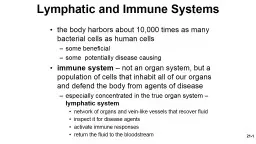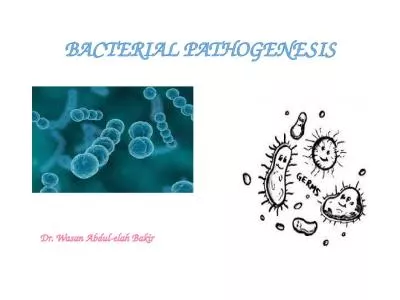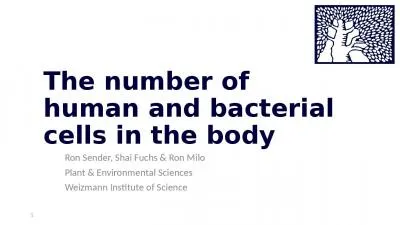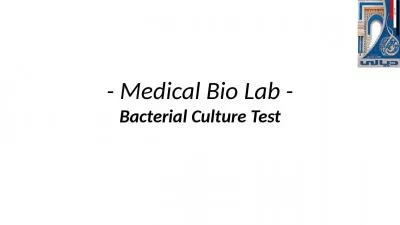PPT-21- 1 the body harbors about 10,000 times as many bacterial cells as human cells
Author : alexa-scheidler | Published Date : 2020-04-04
some beneficial some potentially disease causing immune system not an organ system but a population of cells that inhabit all of our organs and defend the body
Presentation Embed Code
Download Presentation
Download Presentation The PPT/PDF document " 21- 1 the body harbors about 10,000 tim..." is the property of its rightful owner. Permission is granted to download and print the materials on this website for personal, non-commercial use only, and to display it on your personal computer provided you do not modify the materials and that you retain all copyright notices contained in the materials. By downloading content from our website, you accept the terms of this agreement.
21- 1 the body harbors about 10,000 times as many bacterial cells as human cells: Transcript
Download Rules Of Document
" 21- 1 the body harbors about 10,000 times as many bacterial cells as human cells"The content belongs to its owner. You may download and print it for personal use, without modification, and keep all copyright notices. By downloading, you agree to these terms.
Related Documents














